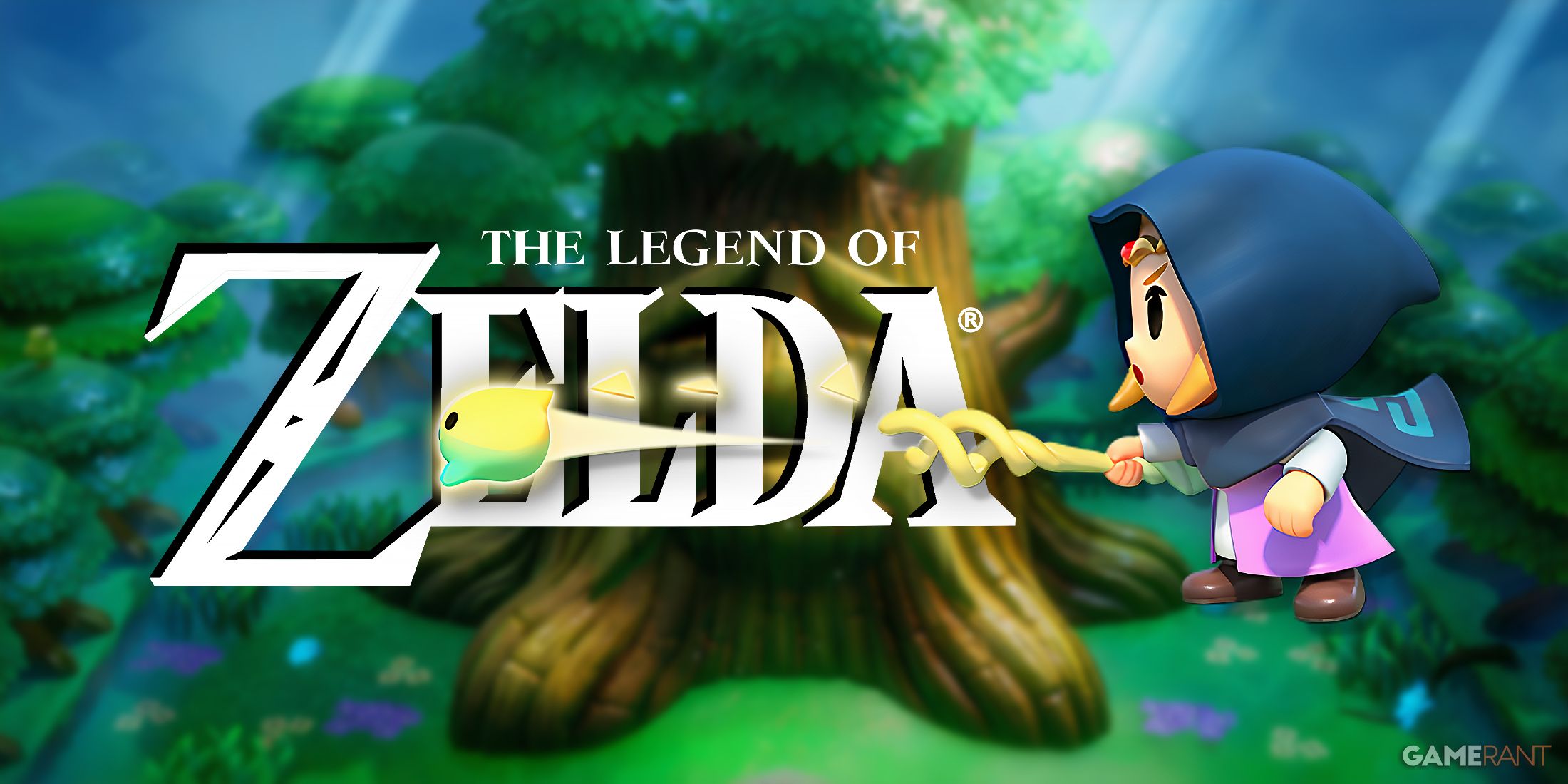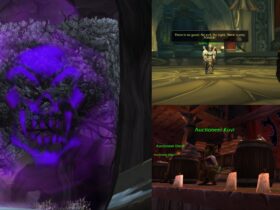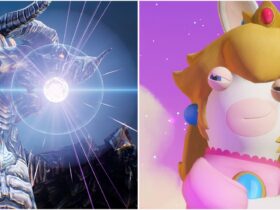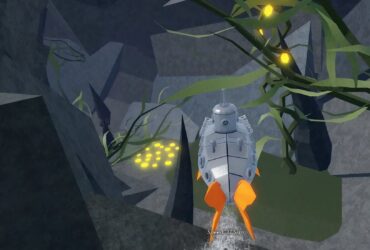Summary
- Future Zelda games should prioritize verticality for unique combat and exploration opportunities.
- Zelda: Tears of the Kingdom lacked friendly NPCs, needing more life to feel integrated into Hyrule.
- Introducing more variety in biomes within vertical layers can enhance exploration and prevent monotony.
Without a doubt, one of Zelda: Tears of the Kingdom‘s best features is its unprecedented emphasis on verticality in its world, taking players both higher and lower than ever before. Whether they’re navigating the ambitious heights of the scattered Sky Islands or the treacherous lows of the dangerous Depths, players have more to explore in Tears of the Kingdom than they ever did in a Zelda game, including Breath of the Wild before it. While this increased verticality offered players a satisfying take on Hyrule, however, it wasn’t perfect, and future installments should take note of that.
After how many unique combat and exploration opportunities players were given with Tears of the Kingdom‘s vertical world, it goes somewhat without saying that future Zelda games should try a similar approach. If this emphasis on verticality is reintroduced in future entries, though, those installments should do their best to improve on Tears of the Kingdom‘s shortcomings by adding more life and implementing more variety to each layer of their vertical worlds. This would likely encourage players even more to frequently go as high and as low as they can in Hyrule, rather than remaining on the traditional ground level.

Related
Echoes of Wisdom’s Place on the Zelda Timeline Is Hopefully the Start of a Trend
With Echoes of Wisdom settling into one of the Zelda timeline’s official branches, it should start a new trend for the series’ lore moving forward.
Future Zelda Games Should Take TotK’s Verticality to New Heights
Verticality in Zelda Needs More Life Overall Than It Had in TotK
Zelda: Tears of the Kingdom‘s verticality was breathtaking to behold, whether players were looking at the beautiful landscapes of Hyrule from the edge of a Sky Island or they were lighting up the expansive underground of the Depths with Brightbloom Seeds and Lightroots. However, despite being a sight for sore eyes, these vertical layers of Hyrule were largely devoid of life, with the Sky Islands hosting only packs of enemies and occasional Zonai Constructs, and the Depths being filled with pockets of enemy camps and dangerous bosses.
While the presence of enemies in such places provides them with some semblance of life, the lack of friendly civilization in both the Sky Islands and the Depths still leaves their experiences feeling lonely and detached from the rest of Hyrule. If future Zelda games were to expand on Tears of the Kingdom‘s verticality, ensuring that each layer of their world is composed of plenty of friendly NPCs and towns would potentially give players more reason to spend time exploring those layers. It would also help each layer to feel more like an integral part of Hyrule, as opposed to a mere side activity.
Applying this approach to verticality in future Zelda games could open the door for more political intrigue and factions as well — like sky people vs. ground people, for example.
Variety Is Key When It Comes to Improving TotK’s Verticality
Variety was also one of the main issues with Tears of the Kingdom‘s verticality, and this was especially noticeable in the Depths. Tears of the Kingdom‘s Depths are one of its most intriguing and rewarding features, but exploring them can quickly become a monotonous adventure, as everything just looks the same after a while. The same could also be said of the Sky Islands, which were little more than simplistic, isolated puzzle zones and could therefore use a bit more variety. Introducing a vartiety of biomes to the vertical layers of future Zelda games could help prevent this, with underground regions like the Depths even including volcanic or underwater regions to enhance exploration.
If future Zelda games were to expand on Tears of the Kingdom‘s verticality, ensuring that each layer of their world is composed of plenty of friendly NPCs and towns would potentially give players more reason to spend time exploring those layers.
If Tears of the Kingdom proved anything, it’s that its verticality has the potential to change exploration in Zelda games, but only if it evolves beyond its own self-imposed limitations. The Sky Islands and the Depths were visually and atmospherically stunning, but their lack of civilization and environmental diversity left them feeling a bit more optional than they arguably should have been. Future installments should aim to make every layer of the world feel as rich and alive as Hyrule’s surface, whether through settlements or diverse biomes that shake up the sense of discovery.














Leave a Reply